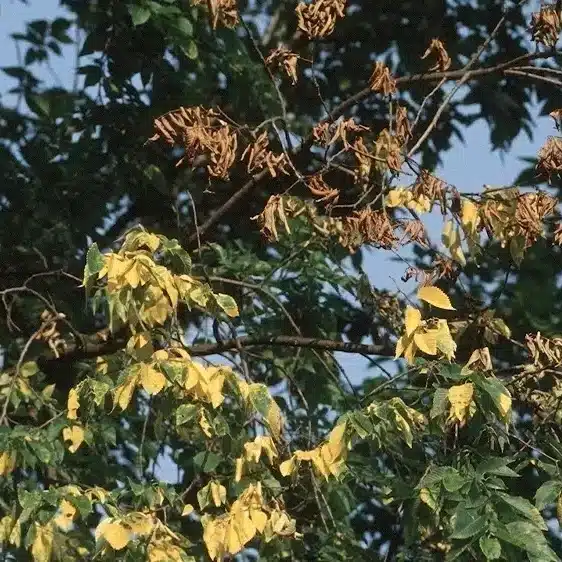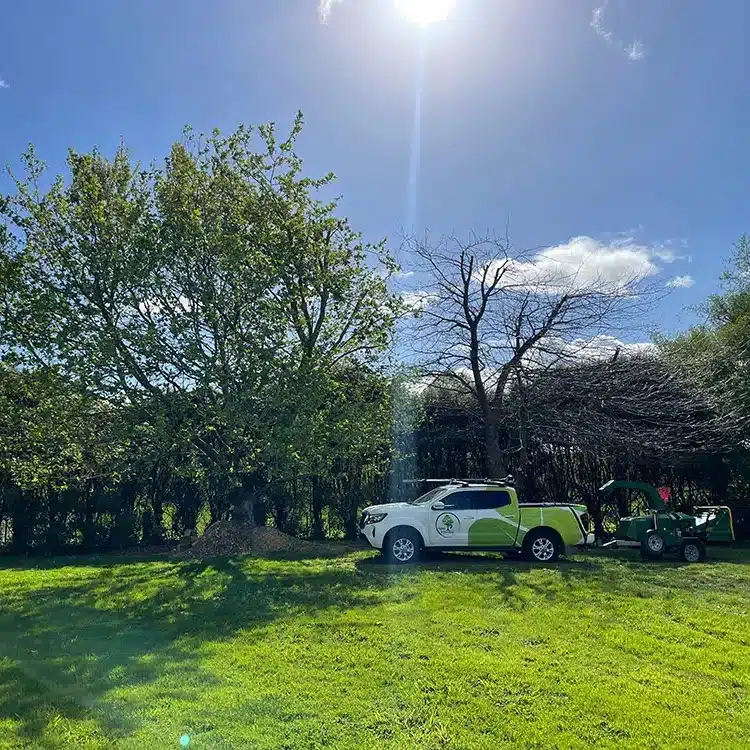Maintaining healthy trees throughout New Zealand requires effective pest management. Tree pests can cause significant damage, impacting trees’ health, growth, and longevity. This blog will explore common tree pests, their impact, and various pest management tips and strategies for protecting your trees.
Identifying Common Tree Pests in NZ
Overview of Common Pests
Trees throughout New Zealand properties and forests can be affected by various pests, including insects, mites, and other arthropods. Some common pests include:
-
Aphids: Small, sap-sucking insects that cause leaf curling, yellowing tips, and stunted new growth. They excrete a sticky substance called honeydew, which can lead to sooty mould growth on leaves.
-
Caterpillars: Leaf-eating larvae of moths and butterflies that can defoliate trees and flowers if present in large numbers. Common types include the codling moth caterpillar and the gum leaf skeletonise.
-
Scale Insects: Small, immobile pests that form protective ground coverings for native plants and weaken trees by sucking sap from stems, branches, and leaves. Types include armoured scales and soft scales.
-
Mites: Tiny arachnids that cause stippling, discolouration of leaves, and, in severe cases, disease that occurs during leaf drop. Two-spotted spider mites are a typical example.
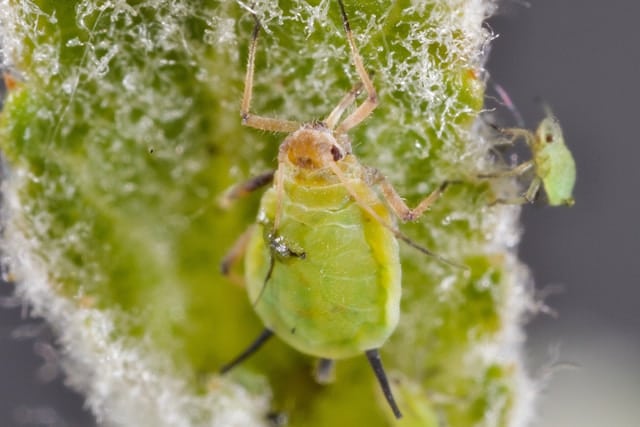
Identifying Signs of Pest Infestations
Identifying signs of pest infestations is crucial for early intervention. Look for:
-
Leaf Damage: Holes, chewed edges, or skeletonised leaves.
-
Abnormal Growth: Including curled, distorted, or discoloured leaves.
-
Presence of Pests: Visible insects, mites, or their eggs on leaves, stems, or branches.
-
Other Symptoms include wilting, dieback, or the presence of honeydew fungus and sooty mould.
Integrated Pest Management (IPM) Approach
Introduction to IPM Principles
Integrated Pest Management (IPM) method is a sustainable approach to managing tree pests and diseases. It involves a combination of techniques that are environmentally friendly and economically viable. Fundamental principles of IPM include:
-
Prevention: Keeping trees healthy to resist pests and implementing practices discouraging pest infestations.
-
Monitoring: Regularly inspect fruits and trees for early signs of pests and use tools like sticky traps or pheromone traps to track pest populations.
-
Control: Employing various methods to manage and control pests, prioritising non-chemical approaches whenever possible.
Understanding Ecological Balance
IPM emphasises maintaining an ecological balance by preserving natural enemies of pests and minimising the use and spread of chemical pesticides. This approach helps to reduce the development and spread of pest resistance and ensures long-term pest control.
Cultural Control Methods
Maintaining Tree Health
Cultural disease control methods focus on maintaining plant and tree health to prevent pest and disease infestations. Key practices include:
-
Proper Watering: Ensuring fruit trees receive adequate water without overwatering can lead to root rot and other issues.
-
Fertilisation: Providing essential nutrients to promote vigorous growth and resilience against pests.
-
Mulching: Applying mulch to retain soil moisture, suppress weeds, and improve soil structure.
-
Pruning: Removing infested branches and improving air circulation to the forest reduce pest habitats and promote tree health.
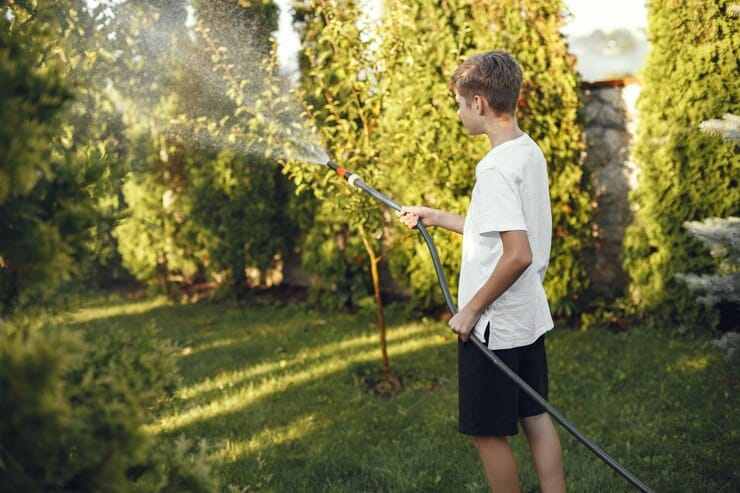
Mechanical Control Techniques
Physical Removal of Pests
Mechanical pest control methods involve physically removing pests from trees. Techniques include:
-
Hand-Picking: Removing pests by hand is adequate for prominent and visible pests like caterpillars.
-
Trapping: Using pheromone traps, sticky traps, or mechanical traps to capture and keep native species to reduce pest populations.
-
Shaking: Dislodging pests by shaking branches is particularly useful for pests like caterpillars and certain beetles.
Installing Barriers
Installing barriers can prevent many pests and diseases from reaching tree foliage and fruit below. Examples include:
-
Tree Wraps: Wrapping wood and tree trunks with a protective barrier to the bark and prevent crawling insects from climbing.
-
Sticky Bands: Sticky bands are placed around tree trunks to trap crawling insects like ants and caterpillars.
Biological Control Agents
Introduction to Natural Enemies
Biological control involves using natural enemies of pests and diseases to manage their populations. Beneficial organisms include:
-
Predators: These animals include other insects such as ladybirds, lacewings, and predatory beetles that prey on aphids, caterpillars, and other pests.
-
Parasitoids: Insects like parasitic wasps that lay eggs in or on pests, leading to the pest’s eventual death.
-
Pathogens: Microorganisms such as fungi, bacteria, and viruses that cause pest diseases.
Encouraging Beneficial Insects and Birds
Encouraging and feeding these beneficial organisms in your garden can help control pest and animal populations. Planting and feeding various flowering plants can attract natural predators and provide them with habitat. Avoiding broad-spectrum pesticides also helps preserve beneficial animal and insect populations.
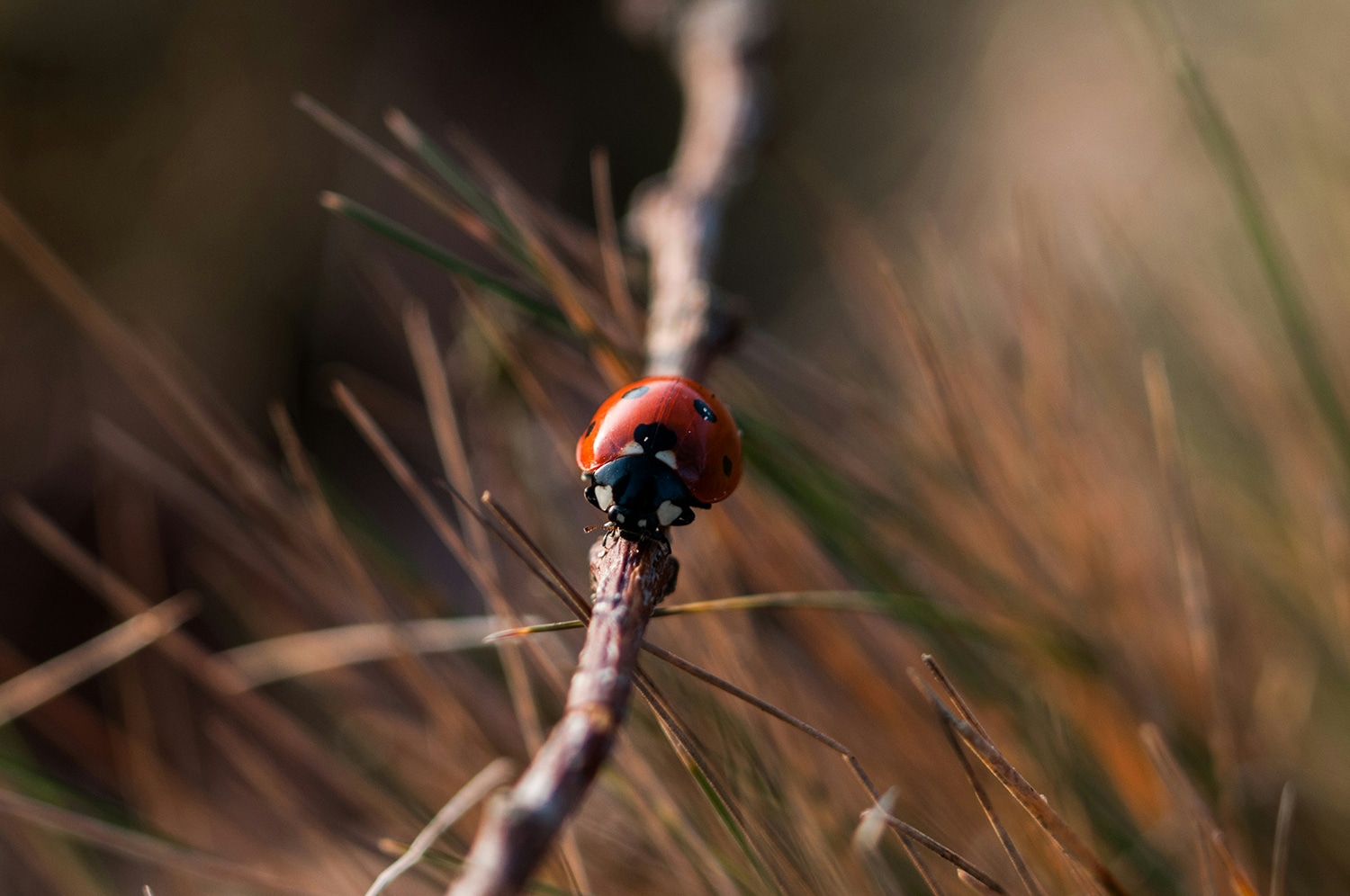
Chemical Control Options
Understanding Pesticide Options
Chemical control should be a last resort when other methods are insufficient. In most cases, it involves using a mixture of pesticides to manage pest populations. Important considerations include:
-
Insecticides, Miticides, and Fungicides: Different chemicals target specific pests and diseases.
-
Selection and Application: Choosing the right pesticide for the pest species, applying it at the correct time, and following environmental considerations.
Safety Precautions
Always follow label instructions and use personal protective equipment when handling pesticides. Applying pesticides correctly is crucial to avoid harming beneficial insects, plants, animals and the environment.
Preventive Measures
Implementing Preventive Strategies
Preventive strategies can reduce the risk of pest infestations and disease. These include:
-
Selecting Resistant Species: Choose tree and plant species less susceptible to common pests.
-
Maintaining Garden Hygiene: Removing fallen leaves, branches, and debris that can harbour pests.
-
Monitoring: Regularly inspecting trees for early signs of pests to catch infestations early and manage them effectively.
Professional Assistance
When to Seek Help
Sometimes, professional help is needed for effective forest pest management. Certified arborists and forest pest management professionals can provide accurate forest pest identification and targeted control measures. They offer specialised treatments, such as tree spraying and trunk injections, that may not be feasible for homeowners.
Hiring Licensed Professionals
Hiring licensed professionals ensures that pest control treatments are applied safely and effectively. These experts can also provide ongoing monitoring and maintenance to keep your plants, animals, shrubs and trees healthy.
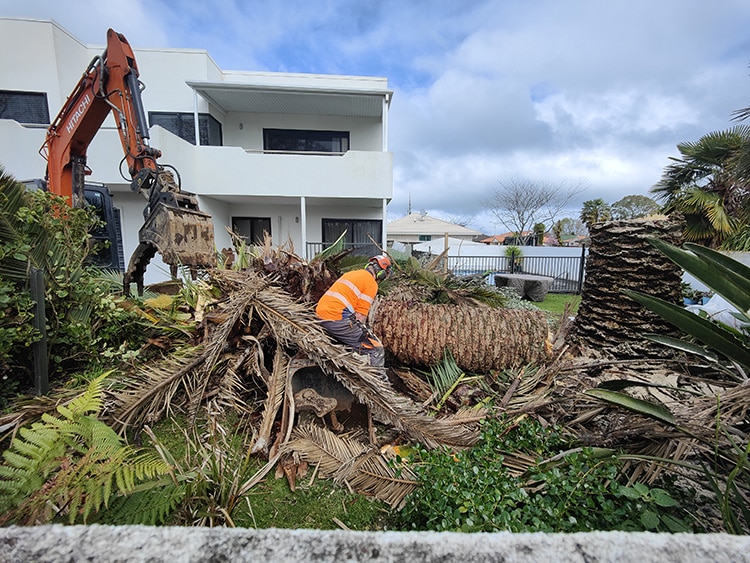
Conclusion
Effective pest management is crucial for protecting trees in New Zealand. You can preserve the health and beauty of your trees, flowers, fruits and landscapes by adopting proactive practices such as proper watering, fertilisation, mulching, pruning, and employing IPM principles. Prioritise pest management to ensure trees thrive and contribute to a healthy environment.



